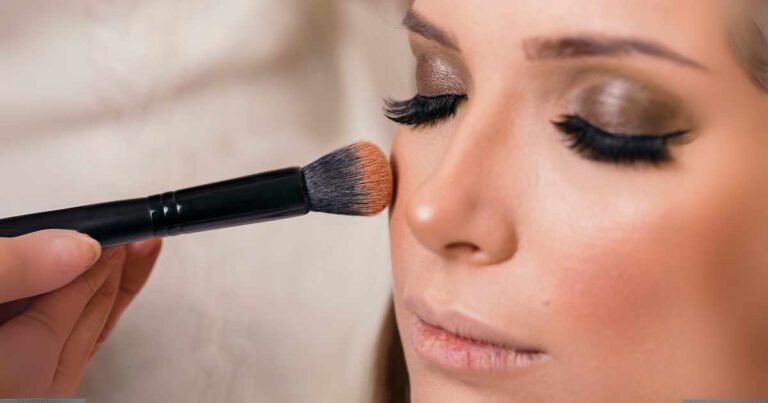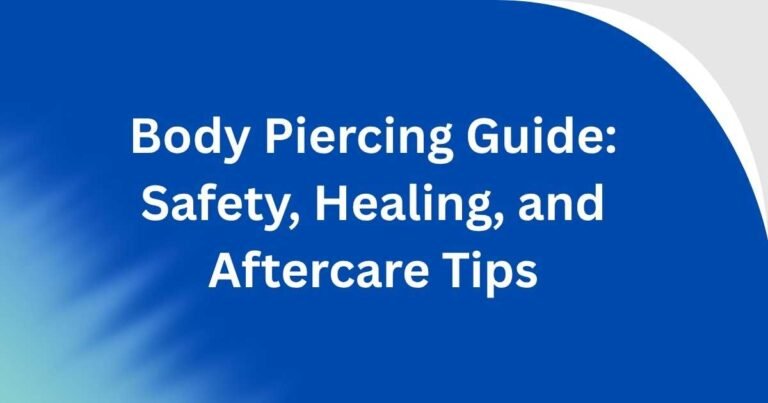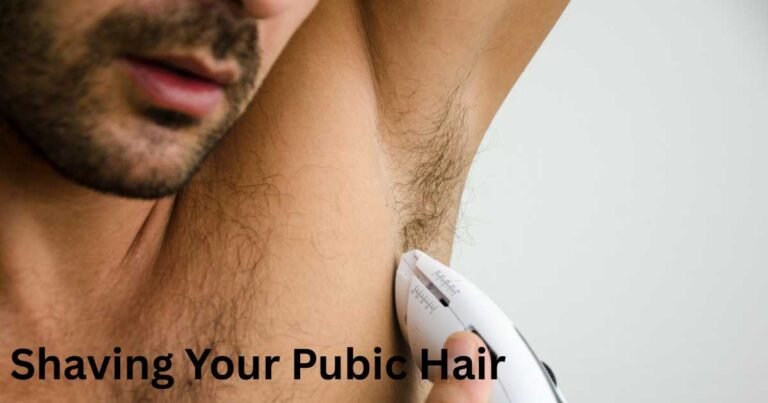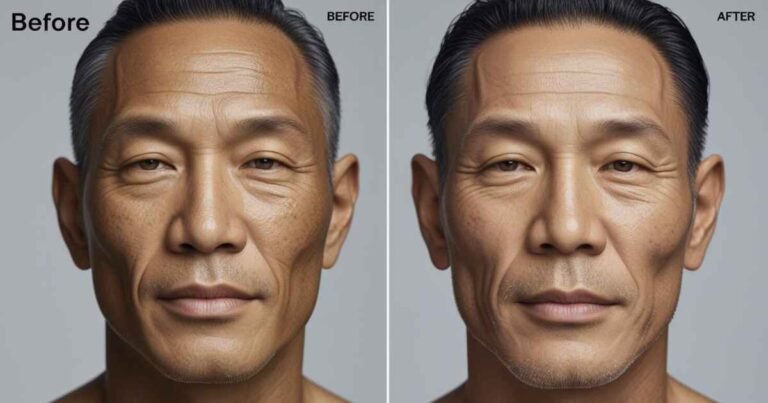Tattoo Allergies: Symptoms, Causes, and Prevention Tips

Introduction
Tattoos allow people to express identity, emotions, and creativity—but they come with risks. One of the most unexpected issues is tattoo allergies. These reactions can show up immediately or months after getting inked. Whether you’re a first-timer or a tattoo lover, it’s important to understand what causes allergic reactions, how to prevent them, and what to do if your skin flares up. In this guide, we break down symptoms, solutions, and expert-backed prevention tips to help you enjoy your tattoos safely and confidently.
What Are Tattoo Allergies?
A tattoo allergy happens when your body reacts badly to something in the ink. While black ink is usually safe, colored inks—especially red and yellow—can trigger itching, swelling, and other skin problems. Allergies vary in intensity and may not appear right away.
Signs You Might Notice:
- Red or itchy skin around the tattoo
- Bumps or raised patches
- Peeling, flaking, or dry skin
- Blisters, oozing, or discomfort
These reactions can be mild and temporary—or persistent and serious. In severe cases, a visit to a dermatologist is necessary.
Why Do Tattoo Allergies Happen?
Some tattoo inks contain metals and other chemicals that irritate the skin. Your immune system sees them as threats, which causes redness, swelling, or worse. Reactions often happen with pigments like:
- Red ink: Mercury-based
- Yellow ink: Cadmium-based
- Green ink: May contain chromium
- Blue ink: Sometimes includes cobalt
Black inks made from carbon or iron oxide are usually better tolerated.
How to Know It’s an Allergy (Not Just Healing)
Healing tattoos can itch and peel—but allergies stick around longer and often look worse.
Warning Signs:
- Rash that spreads outside the tattoo area
- Extreme itching that lasts more than 10 days
- Swelling that doesn’t improve
- Skin feels hot or painful
Real Example: Anna got a red rose tattoo. A few days later, the skin became bumpy and inflamed. Tests showed she was allergic to mercury in the red pigment.
Preventing Tattoo Allergies
Prevention starts before you get the tattoo. Ask questions. Choose safe ink. And follow good aftercare.
Before You Get a Tattoo:
- Choose a certified, experienced artist
- Ask what ingredients are in the ink
- Avoid red, yellow, or green ink if you’ve had allergies
- Request a patch test with ink samples
After the Tattoo:
- Keep the area clean and dry
- Use only fragrance-free ointments
- Stay out of the sun for two weeks
- Avoid scratching or soaking the area
Treating a Tattoo Allergy at Home
If the symptoms are mild, you might be able to manage the reaction yourself.
Home Remedies:
- Apply cold compresses to reduce swelling
- Take an antihistamine to stop itching
- Use over-the-counter hydrocortisone cream
Avoid lotions with alcohol or fragrance, which can make things worse.
When to See a Doctor
Sometimes home remedies aren’t enough. If your skin becomes infected or symptoms worsen, medical help is essential.
Signs You Need Help:
- Pus or yellow fluid from the tattoo
- Fever or chills
- Rash that spreads quickly
- Pain that keeps getting worse
Case Insight: Mike developed an allergy to cadmium in yellow ink. He was treated with prescription creams and later chose laser removal for the affected area.
Medical Treatments for Tattoo Allergies
Doctors have multiple options for treating severe tattoo reactions:
- Steroid creams to calm inflammation
- Oral antihistamines for long-lasting relief
- Antibiotics for infections
- Laser tattoo removal if the ink can’t stay
These treatments are safe when monitored by a skin specialist.
Can You Still Get Tattoos After an Allergy?
Yes—but you need to take extra steps. Hypoallergenic inks are available, and artists can work with sensitive clients.
Smart Choices:
- Always do a patch test first
- Stick to black ink
- Choose reputable ink brands with clear safety info
- Talk to your doctor before new tattoos
Legal Rights if a Reaction Was Preventable
If a tattoo artist used unsafe practices, didn’t inform you of risks, or ignored basic hygiene, you may be able to file a legal claim.
You May Be Entitled To:
- Compensation for medical expenses
- Reimbursement for missed work
- Emotional damages for trauma or visible scarring
Example: Lauren experienced a severe reaction after a studio used expired red ink. She received compensation after legal review showed negligence.
Conclusion
Tattoo allergies can be painful—but they don’t have to ruin your ink experience. With the right precautions and awareness, you can stay safe and still enjoy your body art. Choose safe ink, care for your skin, and don’t ignore symptoms. Be informed, be safe, and protect your expression.
FAQs
Q1: Are some people more likely to get tattoo allergies?
Yes, people with sensitive skin or past skin conditions may react more.
Q2: What ink colors are safest?
Black ink, especially carbon-based, is least likely to cause allergies.
Q3: Can allergies start years after getting a tattoo?
Yes, especially if exposed to sun or changes in your immune system.
Q4: Are vegan or natural inks allergy-free?
Not always. Even natural inks can have allergens.
Q5: Can I remove just the allergic part of a tattoo?
Yes, laser removal can target specific ink colors with professional help.






